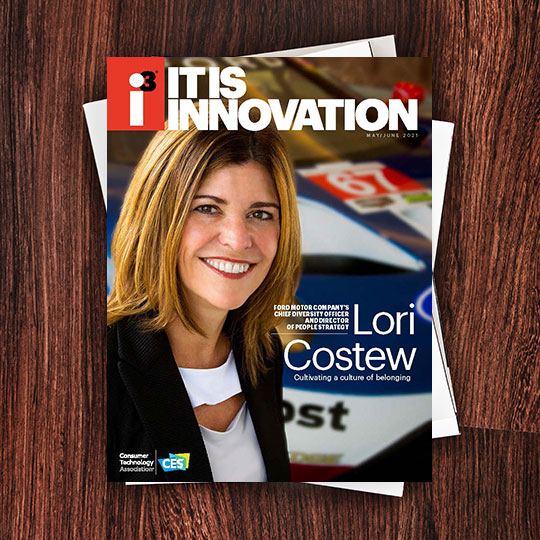During the pandemic, mobile AR showed what is possible for AR-enabled messaging platforms with Facebook Messenger, Instagram, TikTok and Snapchat as examples. While each has a different approach to user engagement, usage frequency for AR lenses and filters is high, with Snap claiming more than 170 million users daily, based on its June 2020 Developer Conference. Smart glasses with integrated displays may be coming soon — fully computer capable yet lightweight, stylish and wireless. Other form factors in the works include smart contact lenses.
Digi-Capital forecasts that messaging-based mobile AR’s active installed base will top 1.5 billion by 2024, OS-based mobile AR over one billion by 2024, followed by web-based mobile AR. All mobile AR platforms combined could top 2.7 billion in five years. Many companies are involved in this space including:
In May 2020, Kohl’s collaborated with Snapchat to create Kohl’s AR Virtual Closet. Using a smartphone and the Snapchat app, consumers enter an AR dressing room, mix and match items, and make a purchase from home using the app.
Retailers like IKEA and Wayfair have AR apps that display how furniture would look in your home. Louis Vuitton and Gucci offer apps that let consumers ‘try-before-you-buy’ from home. And when COVID-19 temporarily closed Kendra Scott jewelry brand stores, the retailer introduced an AR tool letting customers virtually try-on jewelry at home and then purchase. Beauty retailers Sephora and Ulta are using AR to help customers digitally test beauty products since customers can’t physically test instore currently.
These are just a few applications but health care also holds enormous promise. Opportunities in this new ecosystem including new developers, suppliers and channels will grow as AR/VR uses continue to evolve.

I3, the flagship magazine from the Consumer Technology Association (CTA)®, focuses on innovation in technology, policy and business as well as the entrepreneurs, industry leaders and startups that grow the consumer technology industry. Subscriptions to i3 are available free to qualified participants in the consumer electronics industry.